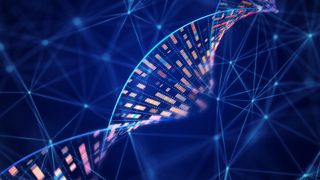Genetics news, features and articles
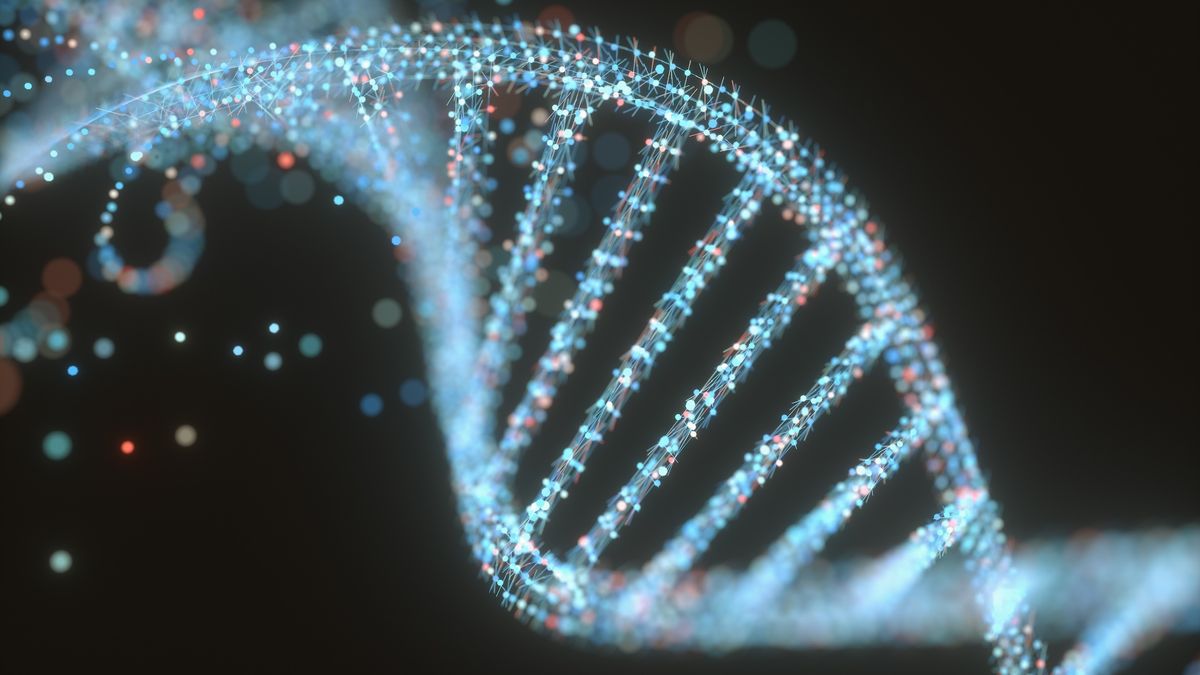
Genetics is the study of genes, which are the basic units of inheritance that contain the blueprint for life, from determining the way that organisms look to every physiological process that occurs within them. Advances in genetics have come a long way since the discovery of the double helix of DNA in 1953. Scientists can now sequence the entire genetic code of thousands of people on a large scale to pinpoint genes that are associated with specific diseases and flag them as targets for drug development. Likewise, enzymes from bacteria can be used to modify genes for a plethora of purposes, including healthcare and farming.
Discover more about genetics
Latest about Genetics
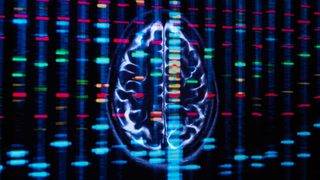
5 genetic 'signatures' underpin a range of psychiatric conditions
By Clarissa Brincat published
A study suggests psychiatric disorders can share the same genetic signatures and that they may stem from shared biological mechanisms.
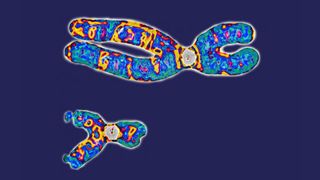
Woman had her twin brother's XY chromosomes — but only in her blood
By Mindy Weisberger published
Doctors discovered a woman had "blood chimerism" after examining the chromosomes of cells from different parts of her body.

James Watson, controversial co-discoverer of DNA's structure, dies at 97
By Andor J. Kiss published
James Watson, who co-won the Nobel Prize for discovering DNA's structure, was a towering and controversial figure in science.
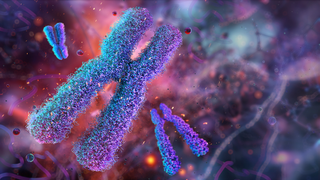
Gene on the X chromosome may help explain high multiple sclerosis rates in women
By Zunnash Khan published
A gene on the X chromosome revs up inflammation in the female brain, which may explain why rates of multiple sclerosis are higher in women than in men, scientists suggest.

Unique gene variants in the Turkana people of Kenya may help them survive harsh desert heat
By Larissa G. Capella published
Scientists discovered genetic variants in the Turkana that help conserve water in deserts, but these variants may now raise disease risks in urban settings, early data suggest.
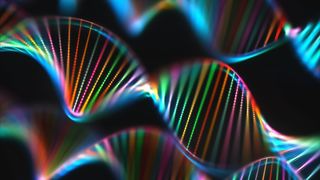
Genetics: How do we inherit traits from our ancestors?
By Mindy Weisberger published
Discover interesting facts about how traits are passed down over generations through DNA.

A tragic gene therapy death that stalled the field for a decade — Sept. 17, 1999
By Tia Ghose published
Sept. 17, 1999: Jesse Gelsinger died after receiving a gene therapy treatment to treat a liver disease. The death sparked an investigation and caution around gene therapy, which ultimately stalled the field for years.
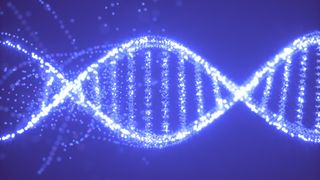
Gene that human ancestors lost millions of years ago could help treat gout
By Jennifer Zieba published
Researchers used evolutionary genetics and CRISPR gene editing tech to develop an innovative treatment for gout. The approach has yet to be tested in humans.
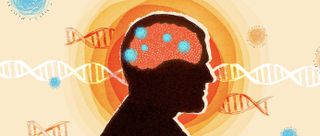
Scraps of ancient viruses make up 40% of our genome. They could trigger brain degeneration.
By Amber Dance, Knowable Magazine published
Our genomes are peppered with DNA segments called retrotransposons that can move from place to place. When unleashed, some can kill nerves and promote inflammation — a discovery that may inspire treatments for neurodegeneration.
Get the world’s most fascinating discoveries delivered straight to your inbox.


